Mysterious stories behind Tet: A unique story about hidden customs?
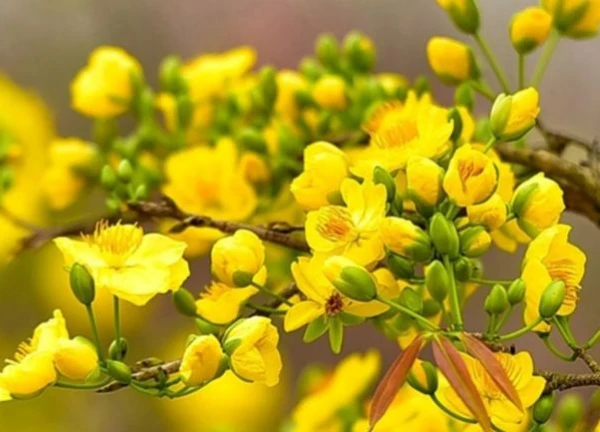
3 | 0 Discuss | Share
If the Northern banh chung has long been associated with the meaning of "square ground" in the legend of "Banh chung banh day" by Lang Lieu - the son of the 18th Hung King, the Southern banh tet also has interesting stories about its origin and meaning.
Origin of Banh Tet
Since ancient times in the Southern region, Vietnamese people have had the opportunity to absorb not only the culture but also the extremely unique cuisine of the Cham people. Through the process of cultural exchange and assimilation, the banh tet that people in the South and Central regions still cook every Tet holiday was born from the symbolic Linga of the god Shiva according to the Cham people's beliefs. Moreover, thanks to the polytheistic beliefs of the Cham culture, including the folk beliefs of worshiping the god of rice, we have the banh tet of today.
In addition, our ancestors also passed down historical anecdotes explaining the formation of banh tet. Legend has it that in the spring of Ky Dau year 1789, Nguyen Hue marched to the North to fight the Qing army. At that time, the soldiers were resting and celebrating Tet. Among them, there was a soldier whose wife sent him a cake made from sticky rice, green bean filling, shaped like today's banh tet. The soldier brought the cake to Quang Trung. The King found it delicious, so he asked about the story and ordered everyone to wrap this type of cake to celebrate Tet and named it banh Tet.
Meaning of the name Banh Tet
Representing national tradition: In the days when the country was still in turmoil, the cakes, though simple, filled the stomachs and warmed the hearts of soldiers on the front lines, helping them focus more on fighting the enemy. Thanks to that cake, the love between husband and wife for each other became closer, and their love for their homeland became more intense. King Quang Trung was not only a talented fighter, he was also a person who thought about national tradition when he ordered these Tet cakes to be made every Tet holiday to remind future generations to appreciate their roots more.
There is also another explanation that "tet" is a Southern Vietnamese word, meaning an action of "cutting". Every time people eat this type of cake, they will use a string to circle the peeled end of the cake and then "tet" each small piece.
The meaning of wrapping banh tet on Tet holiday in the South
Like banh chung, according to Tet customs, the pot of banh tet is usually cooked on the 30th night of New Year's Eve. The whole family will stay up waiting around the pot of banh chung, creating a warm and prosperous atmosphere for the family reunion. According to the concept of our ancestors, all types of cakes and foods used during Tet have the meaning of remembering the ancestors, wishing for the warmth and reunion of the family, thanking heaven and earth for giving people a favorable rice crop.
Banh tet is wrapped in many leaves on the outside, symbolizing the mother wrapping her child, carrying the Vietnamese people's wish for reunion on Tet holiday. Not only that, green banh tet with yellow bean filling evokes images of rice fields, the countryside and simple farmers, evoking the dream of "settling down and making a living" and a peaceful spring for every home.
The most popular types of banh tet
The ingredients for making Tet banh tet are similar to banh chung, including: sticky rice, peeled mung beans, pork and some other spices such as pepper. In addition to savory banh tet, Southerners also make variations with sweet banh tet with banana filling (usually Siamese banana) and vegetarian banh tet (usually black bean filling). There is also mixed banh tet with fillings including salted eggs, dried shrimp, Chinese sausage, pork, lotus seeds, shiitake mushrooms, and mung beans.
Normally, vegetarian banh tet is used to worship ancestors and heaven and earth, while salty banh tet is used in Tet meals with pickled onions, pickles, and braised pork.
Besides the above types, Southern banh tet also has many other variations depending on each region and place name. For example, Cao Lanh banh tet (Dong Thap) has types such as cassava banh tet, lotus seed filling, purple leaf banh tet, gac banh tet,... Tra Cuon banh tet, a long-standing dish in Tra Vinh, is famous for its many colors. Binh Duong and Tay Ninh regions have banh tet with cashew nut filling. Can Tho is famous for banh tet with purple leaf. Ben Tre "coconut land" has young corn banh tet. Meanwhile, Soc Trang, where many Khmer people live, has fragrant, sticky flat rice banh tet.
5. The basic difference between banh chung and banh tet
To this day, many young people still cannot distinguish between the Southern banh tet and banh chung. More humorously, many people jokingly call it "long banh chung". But in general, these two typical cakes have some basic similarities and differences:
- About shape: From the outside, it is easy to see that banh chung is square, while banh tet is a long cylindrical block, also commonly called "don banh", the two banh chung usually have a common handle made of banana leaf veins to form a pair.
- About the wrapping method: The leaves used to wrap banh chung in the North are usually dong leaves, while in the South they are banana leaves. The traditional wrapping string is bamboo string, but nowadays people sometimes use nylon string instead. Moreover, banh chung is usually wrapped using a mold to create a square shape, while people in the South often create a round shape with their skillful hands.
- Regarding the filling inside, both traditional banh chung and banh tet have similar ingredients including sticky rice, peeled mung beans and pork. However, banh tet often has a more diverse filling to suit both meat eaters and vegetarians (as mentioned in part 4).
- How to eat: When eating banh tet, people often use a knife to cut the cake horizontally into slices and then peel off the skin and string to eat, but it is also common to slowly peel off the skin and use string to tie the cake (or string) to cut the cake into thin slices ("tet" the cake). Meanwhile, to eat banh chung, you just need to use a knife to divide the cake into pieces and you're done. Both types can be eaten with pickles, pickled onions or more creatively... fried until crispy.
Maybe you don't know: Things about "Tet" in countries around the world 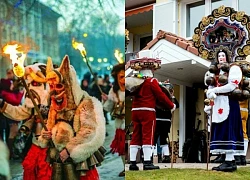 Minh Lan13:53:36 18/01/2025Not only in our Vietnam, there are many other countries in the world (especially in Asia) that also consider Tet as one of the most special and important holidays of the year.
Minh Lan13:53:36 18/01/2025Not only in our Vietnam, there are many other countries in the world (especially in Asia) that also consider Tet as one of the most special and important holidays of the year.

3 | 0 Discuss | Share
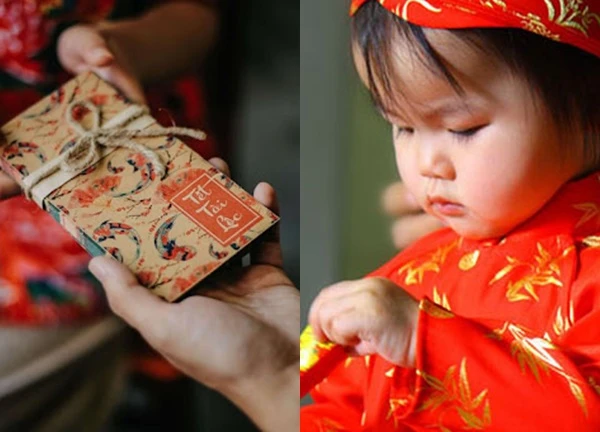
4 | 0 Discuss | Share
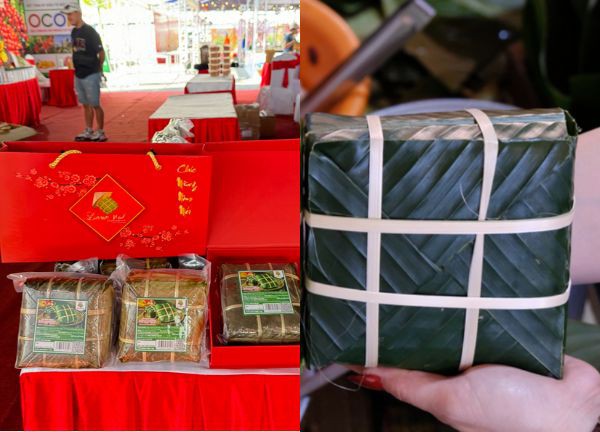
6 | 1 Discuss | Share
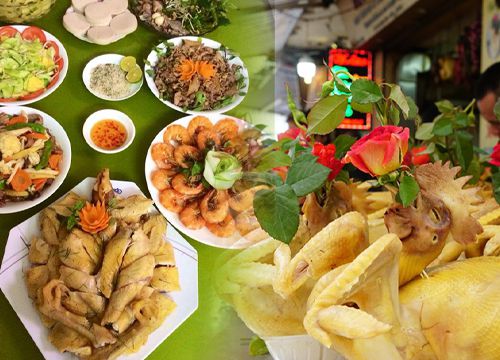
2 | 0 Discuss | Share

4 | 0 Discuss | Share

5 | 1 Discuss | Share
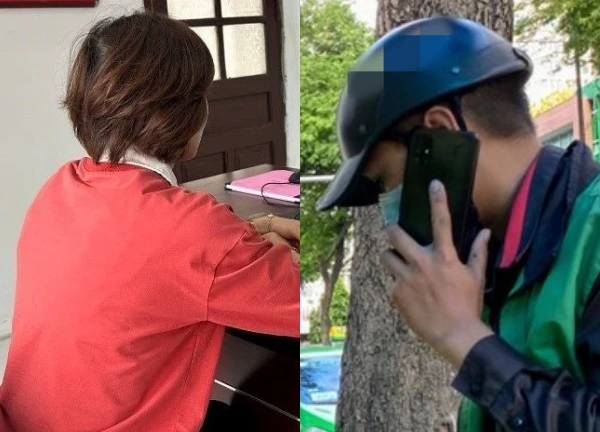
4 | 0 Discuss | Share
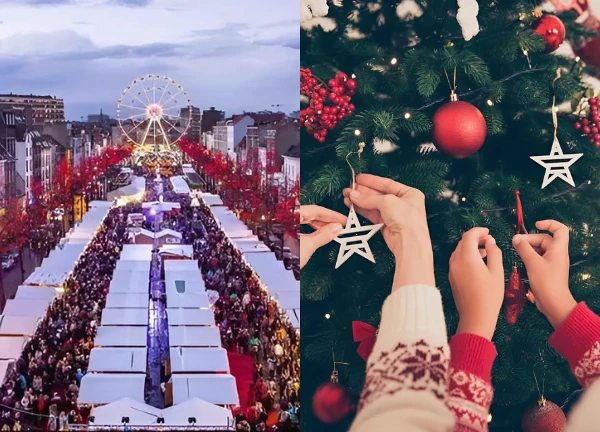
1 | 0 Discuss | Share
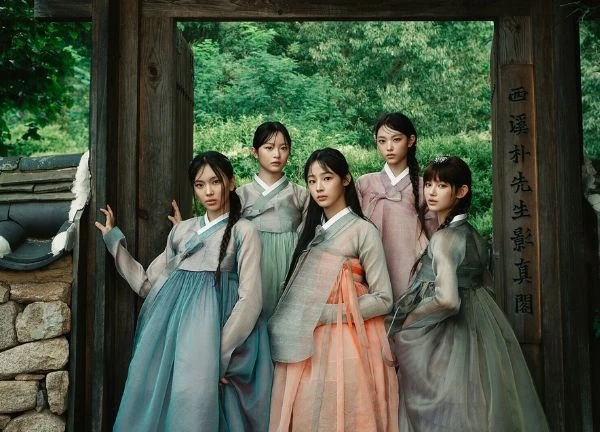
4 | 1 Discuss | Share
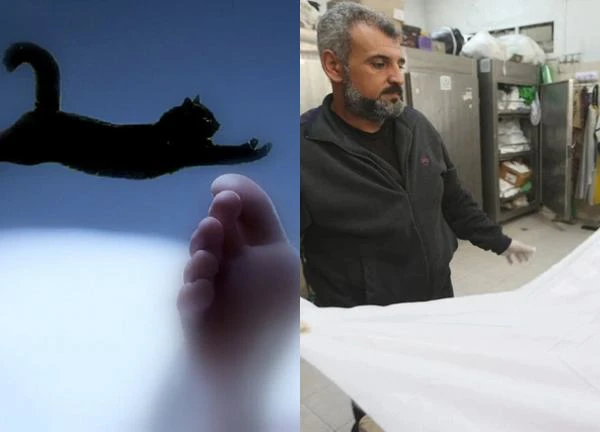
2 | 1 Discuss | Share
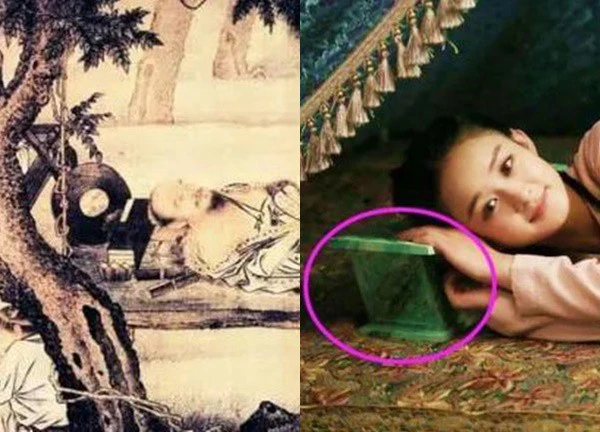
1 | 1 Discuss | Share

1 | 1 Discuss | Share




4 | 0 Discuss | Report